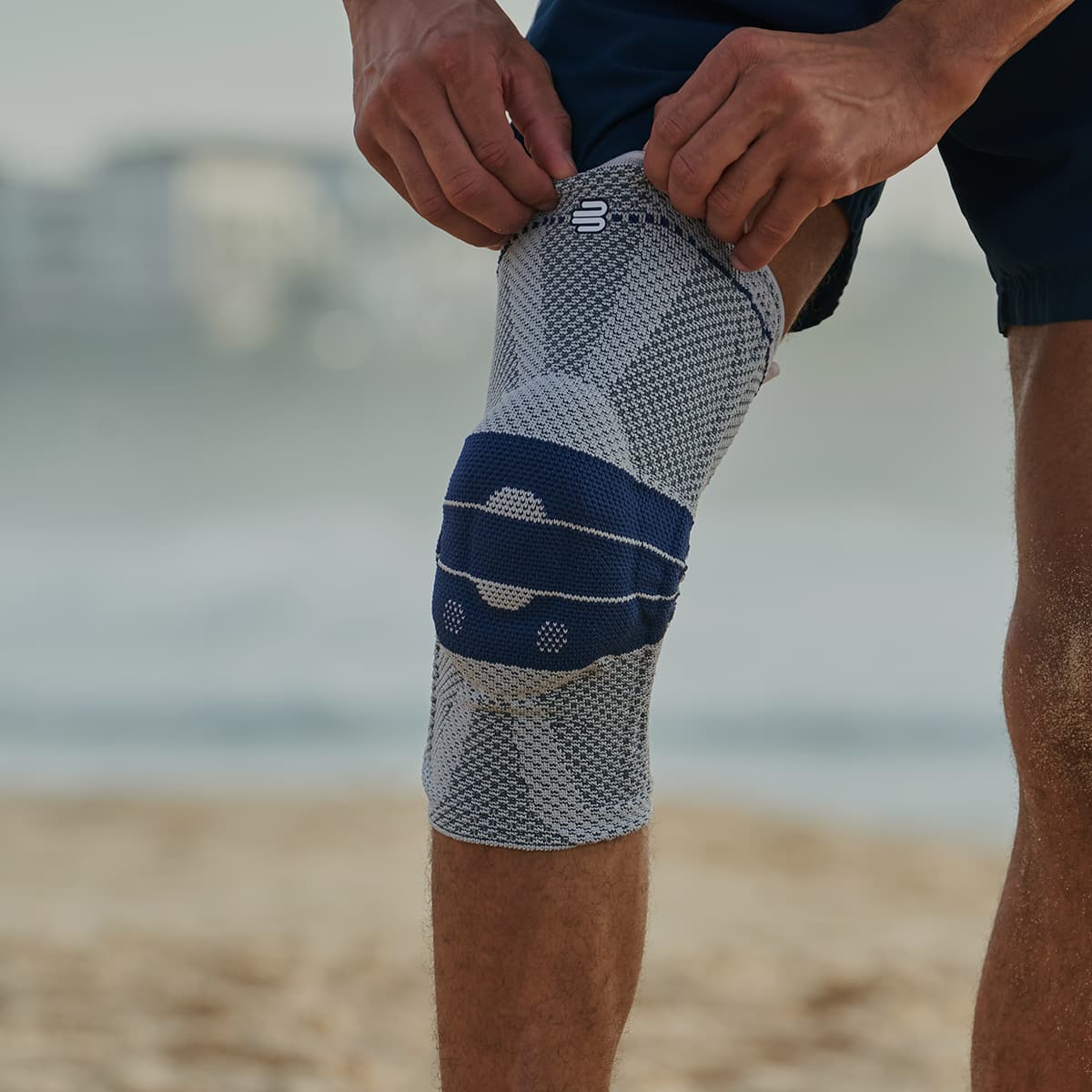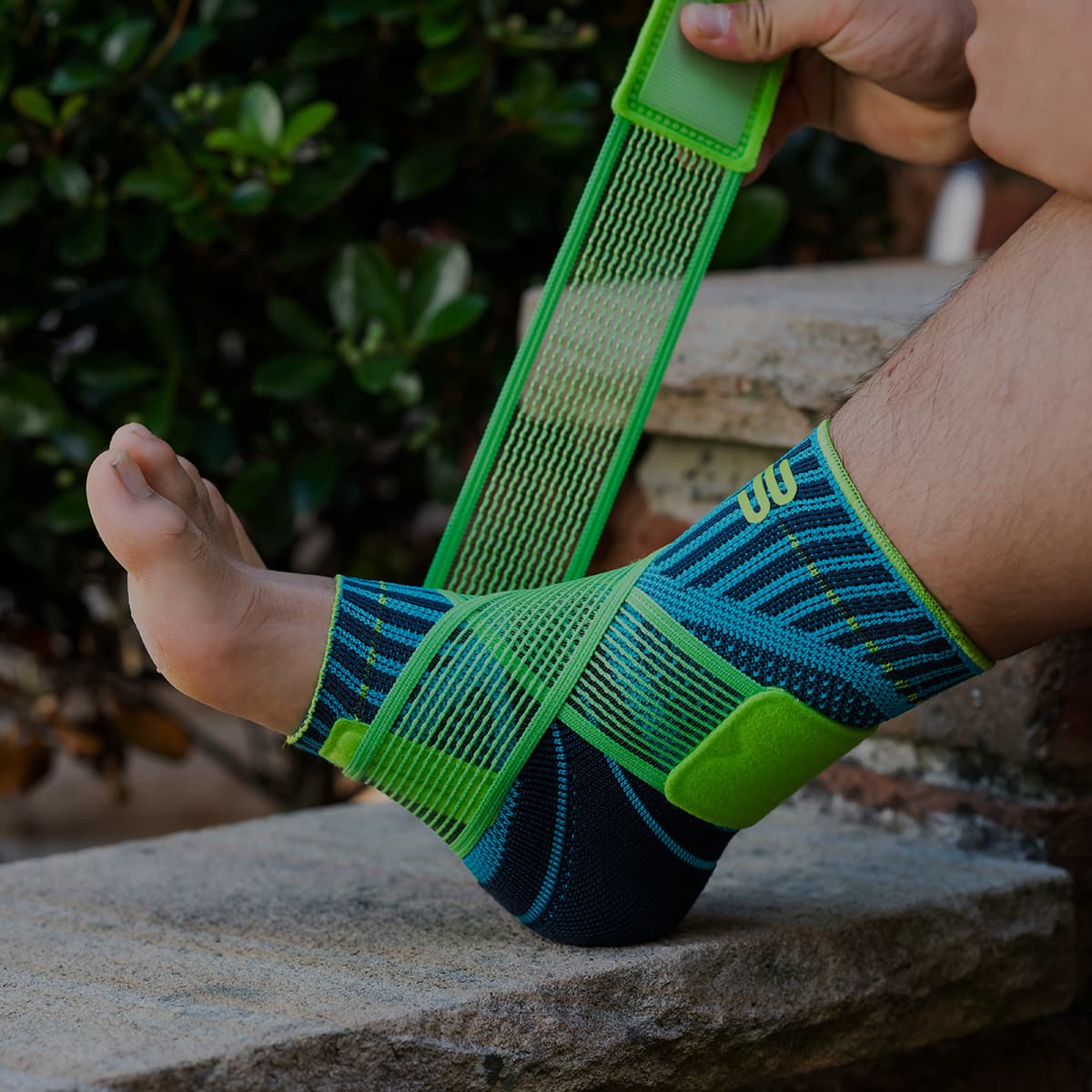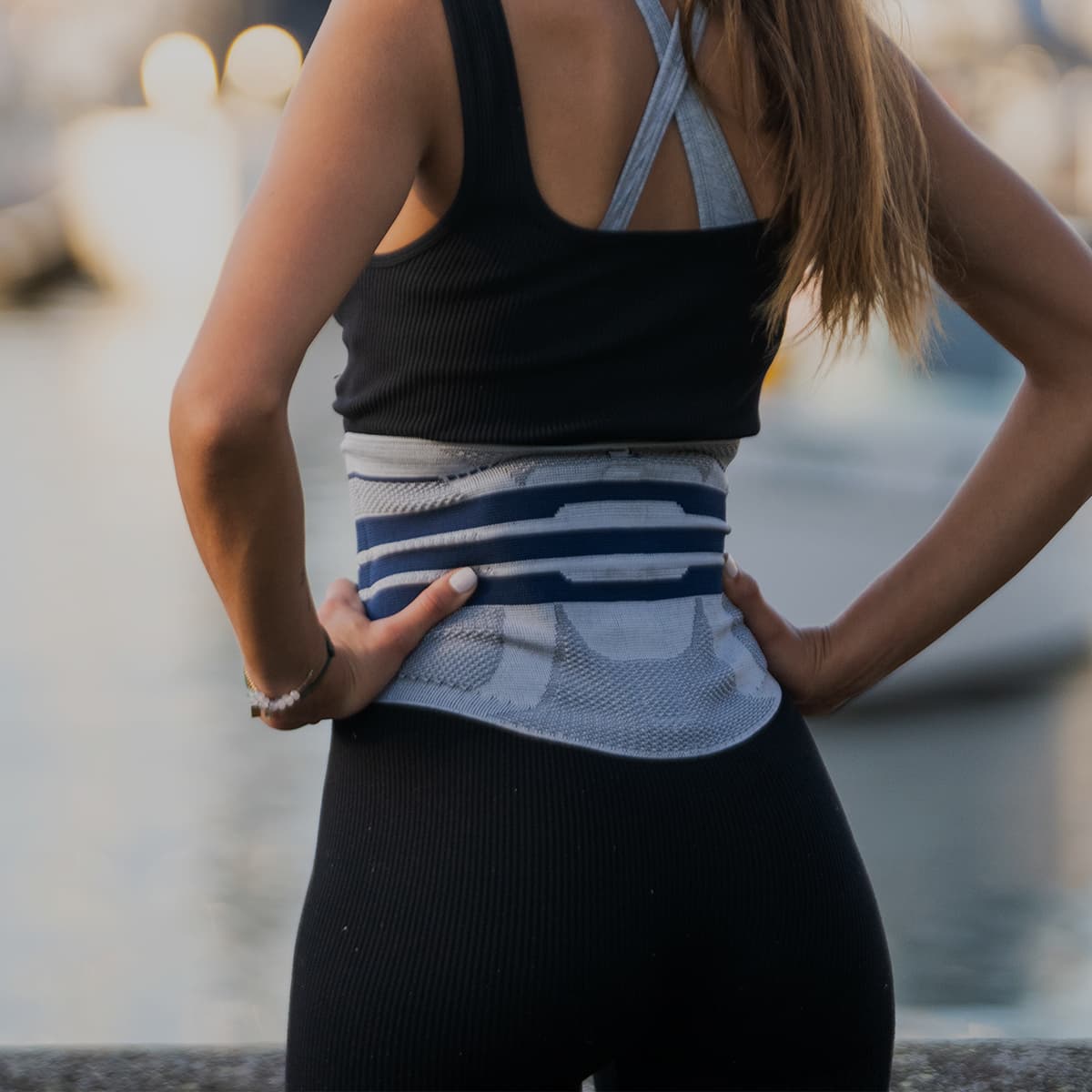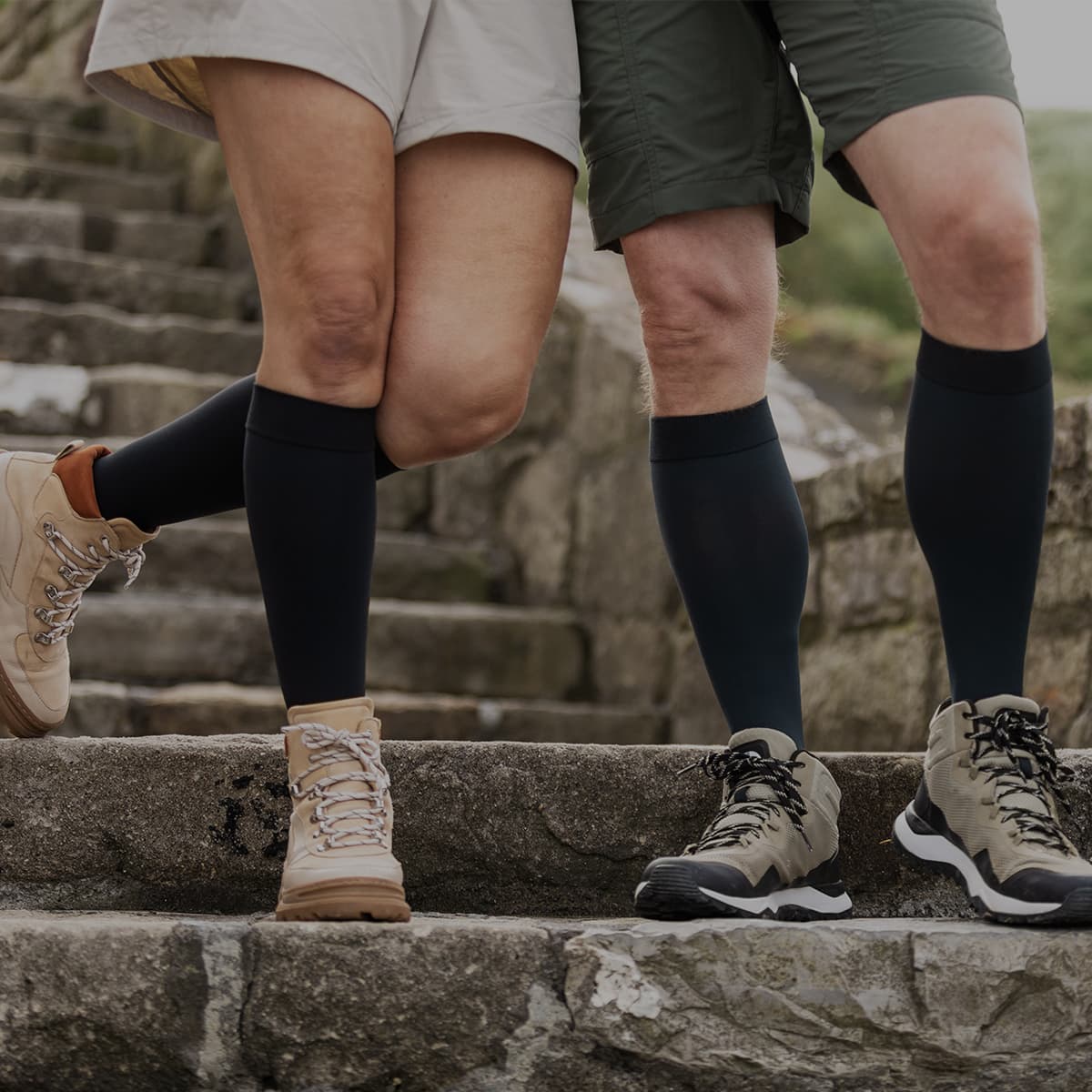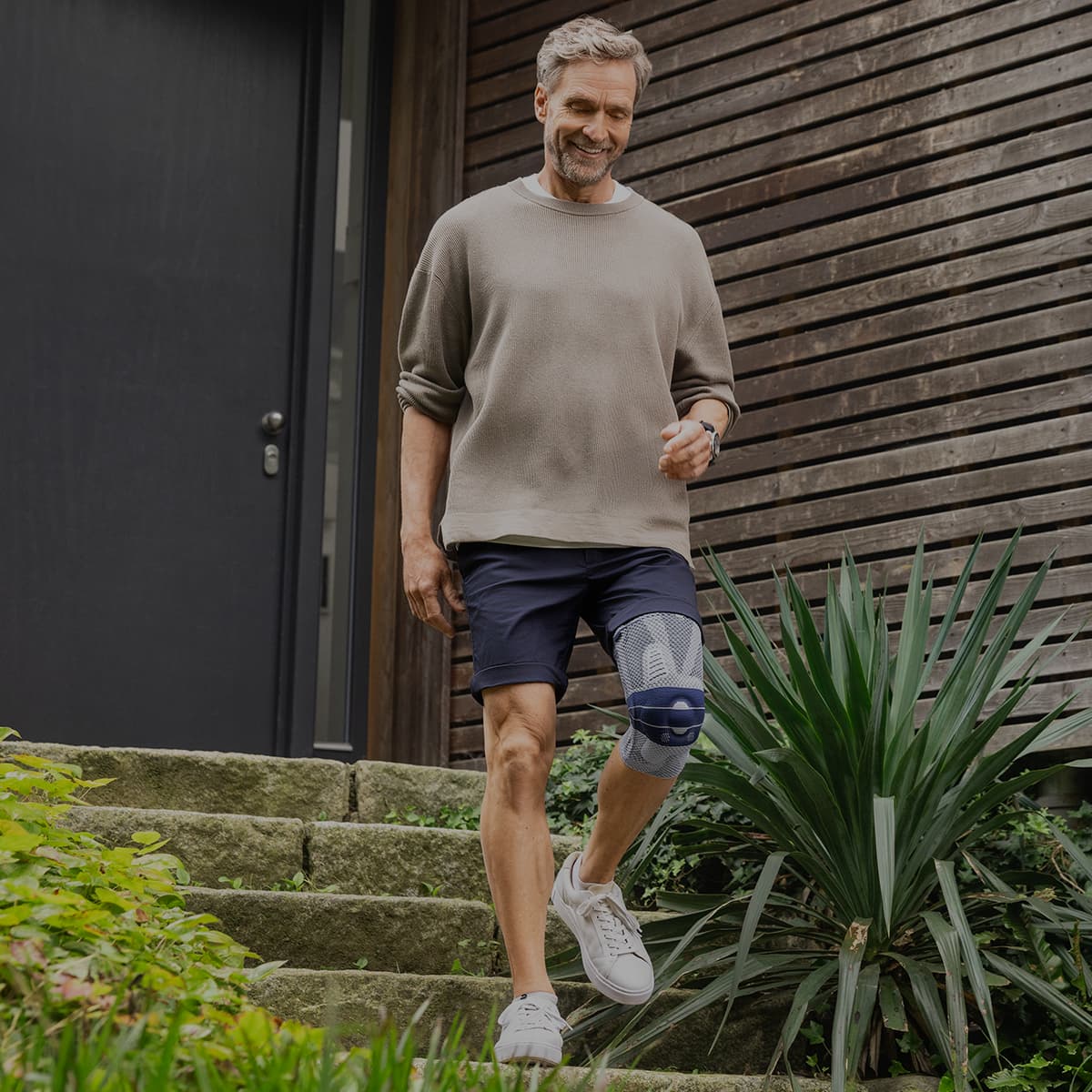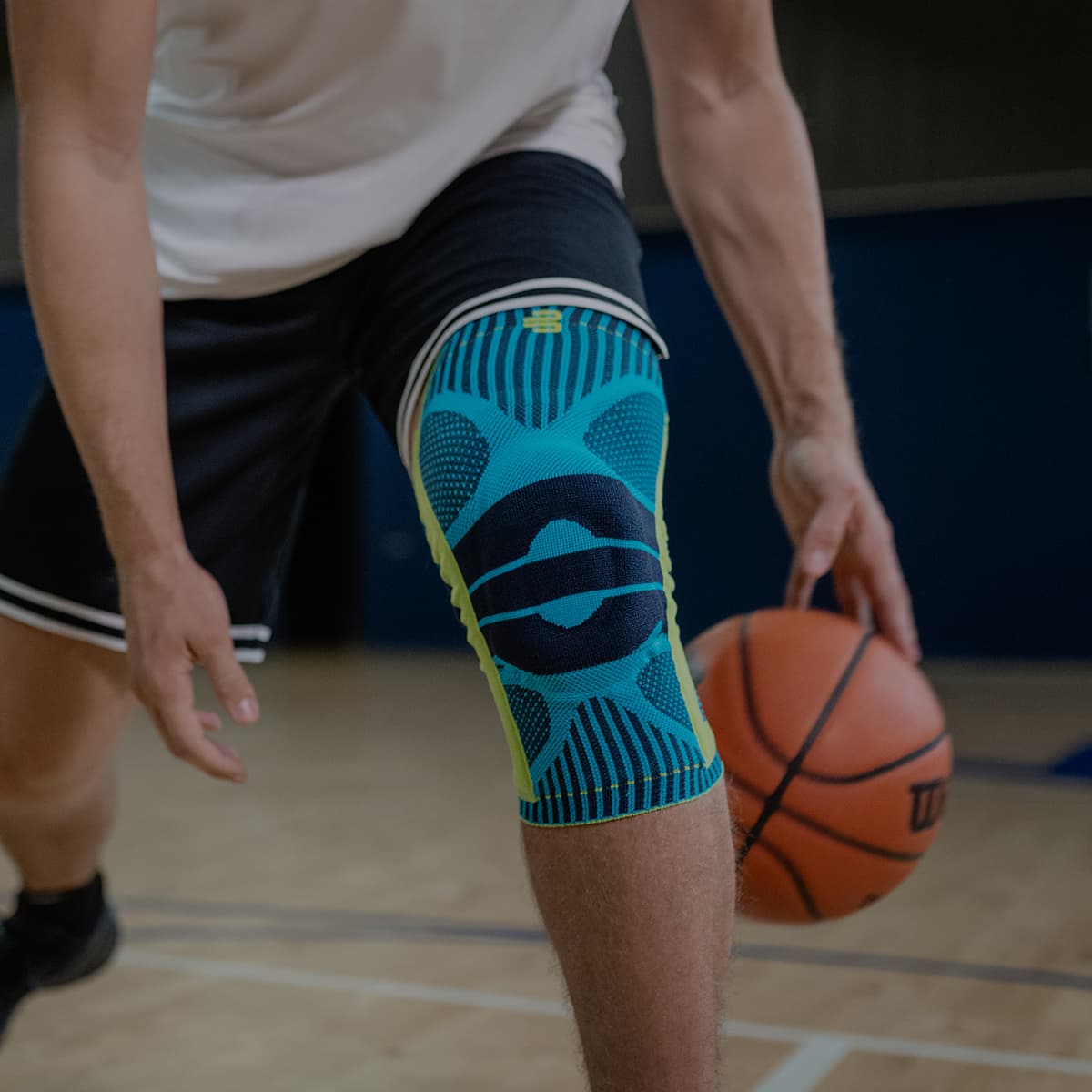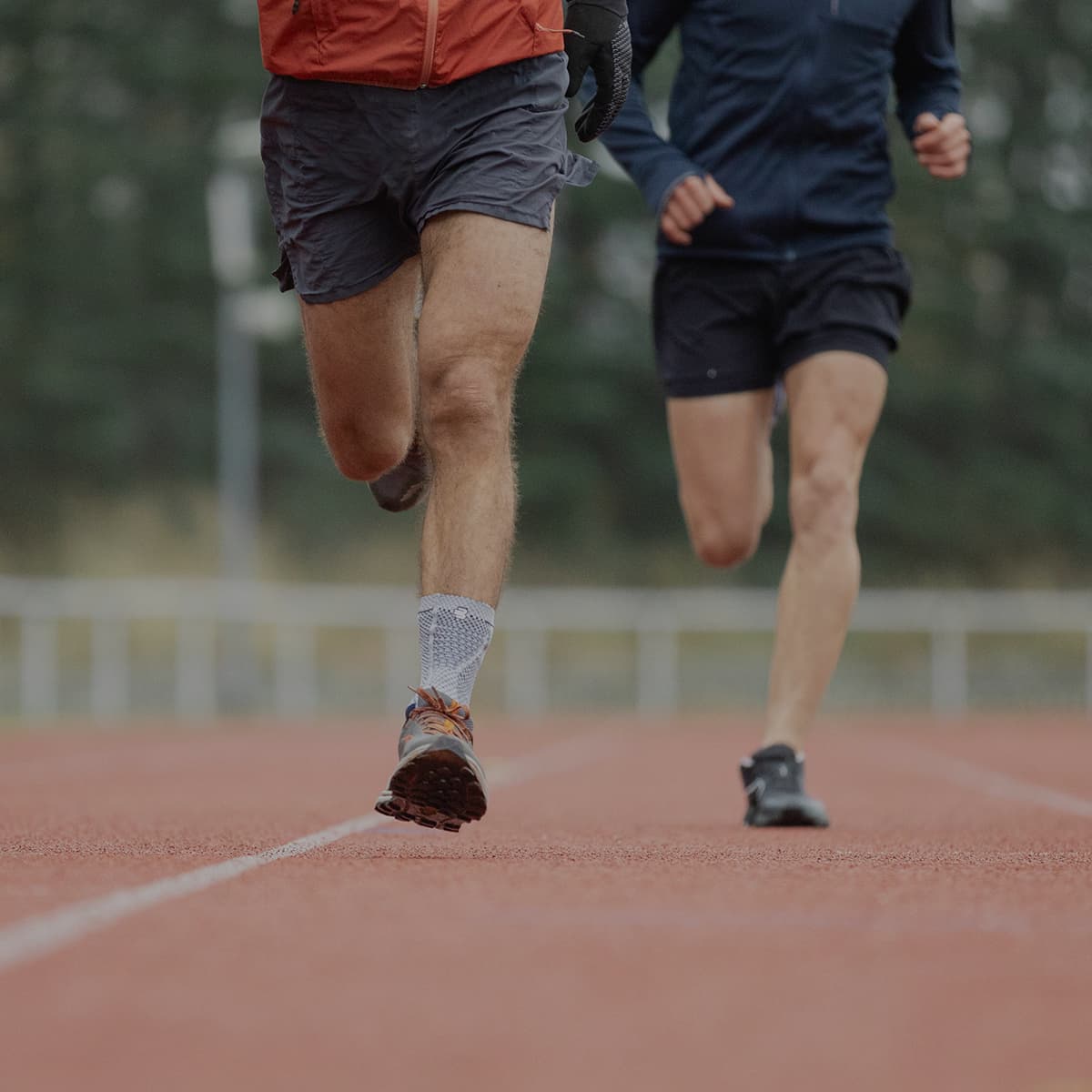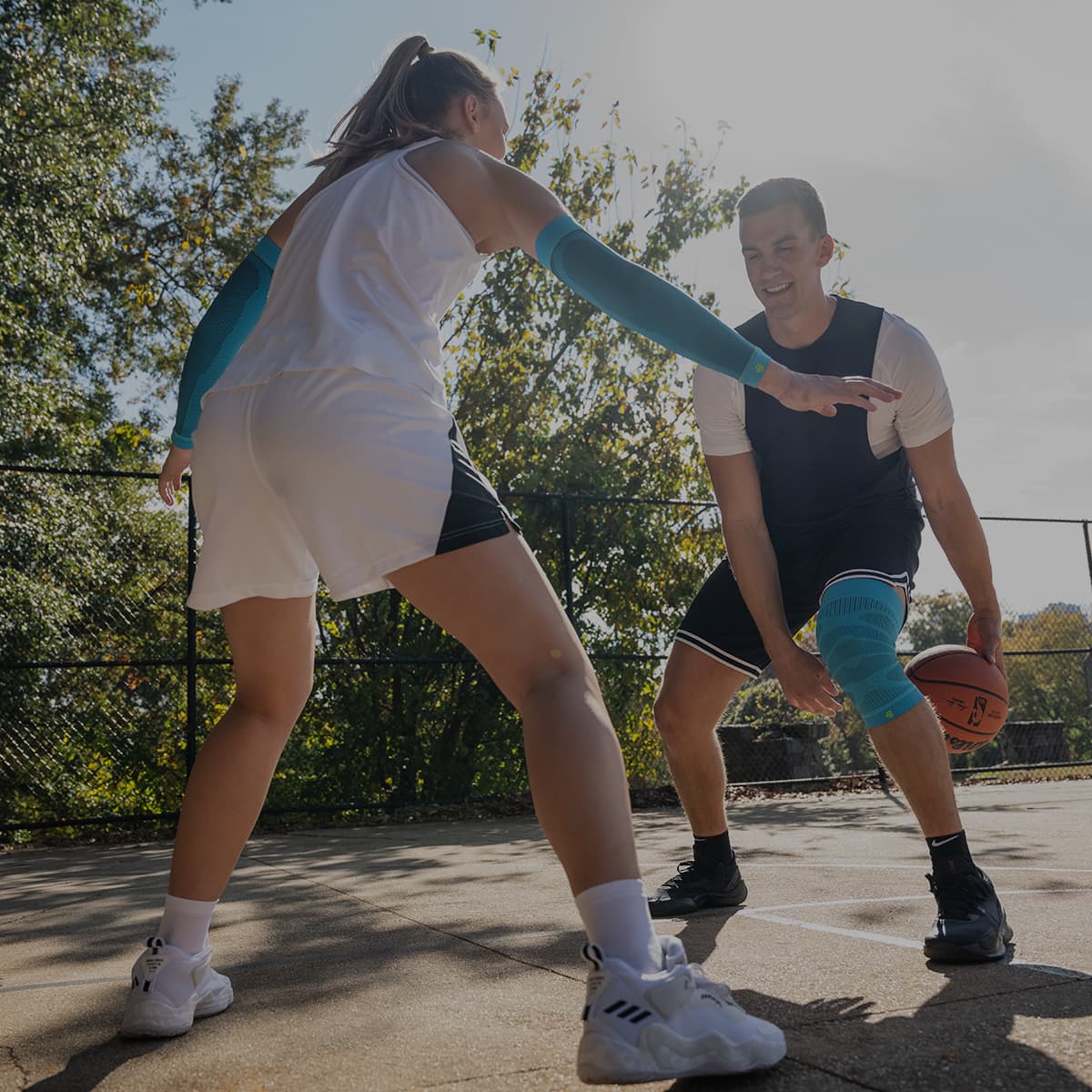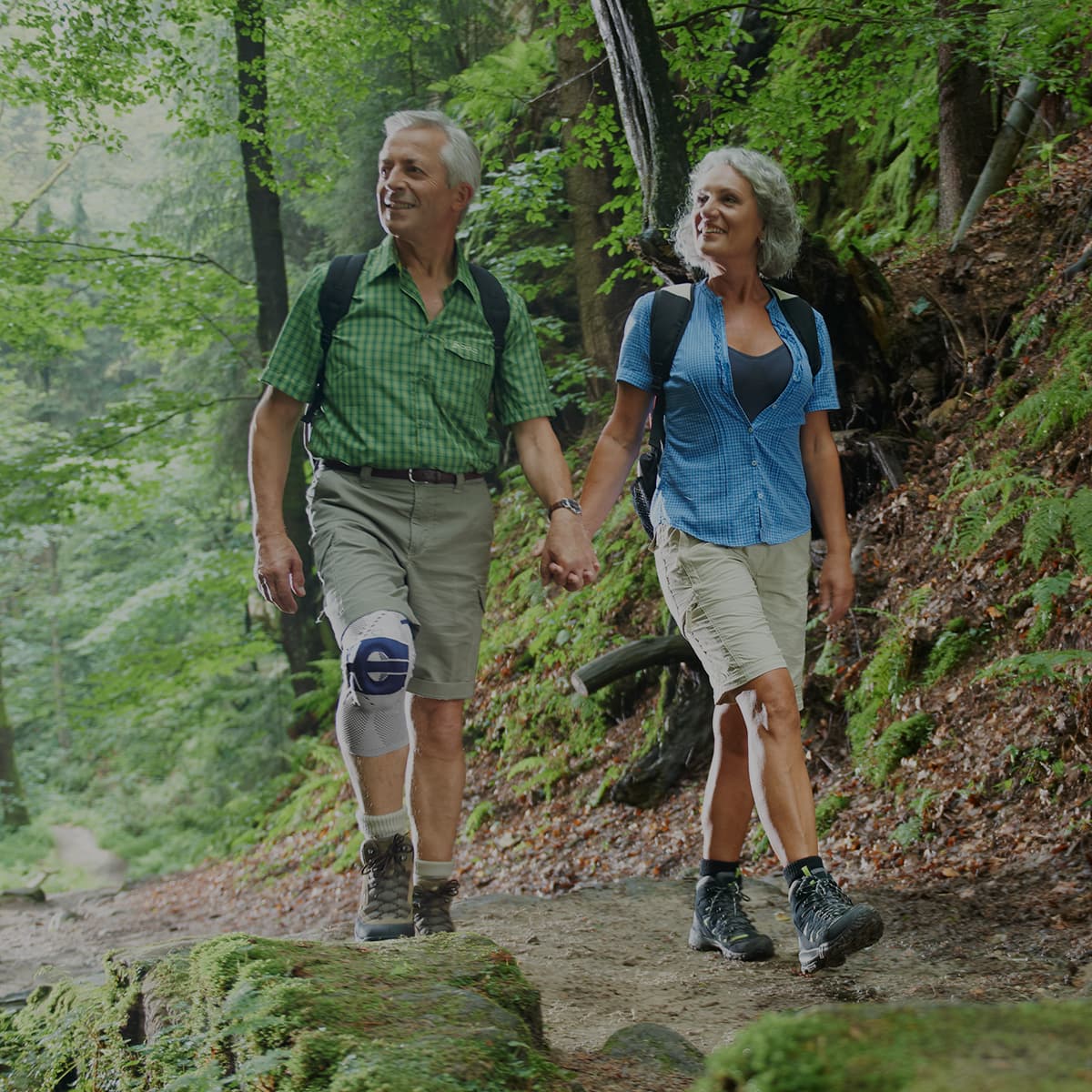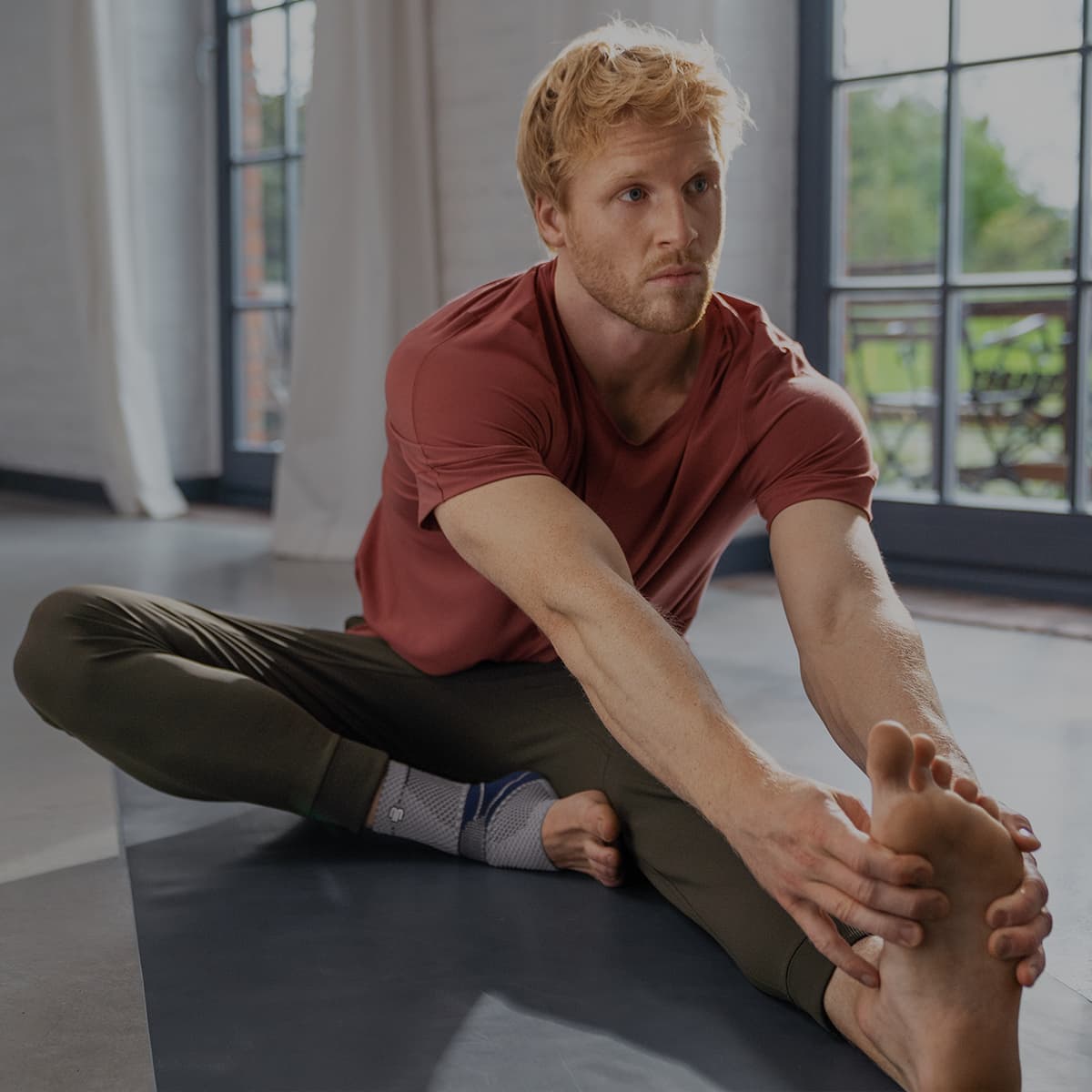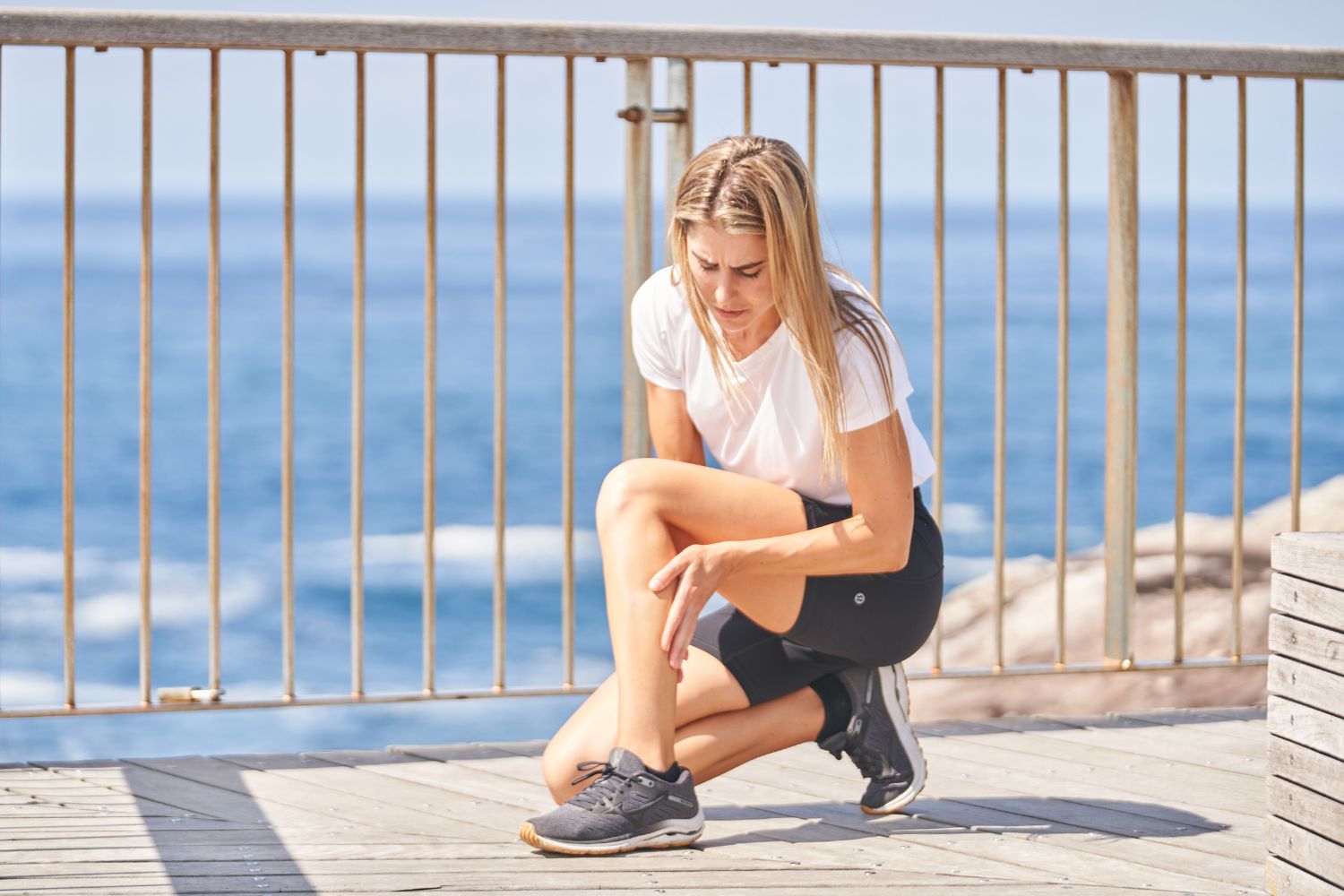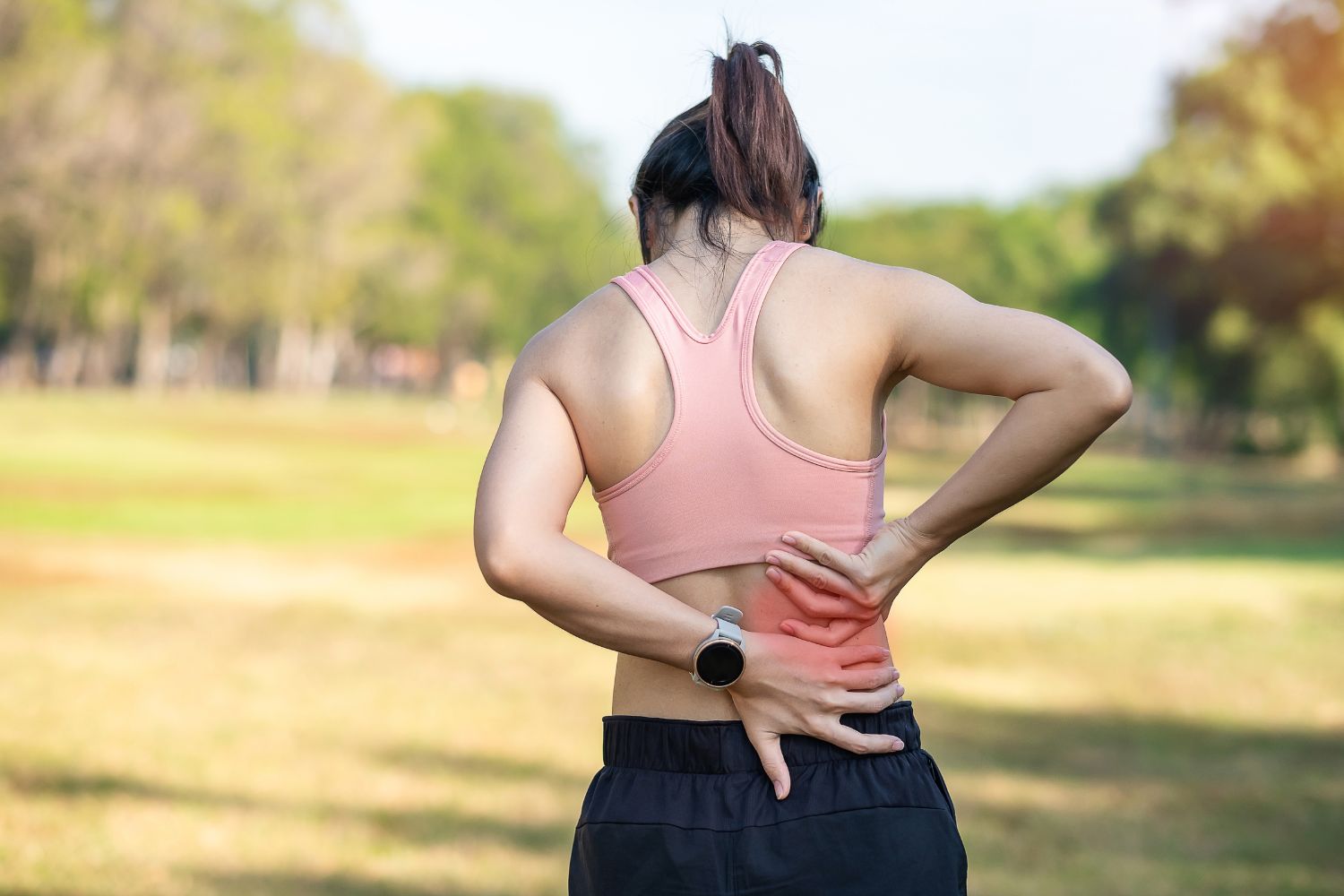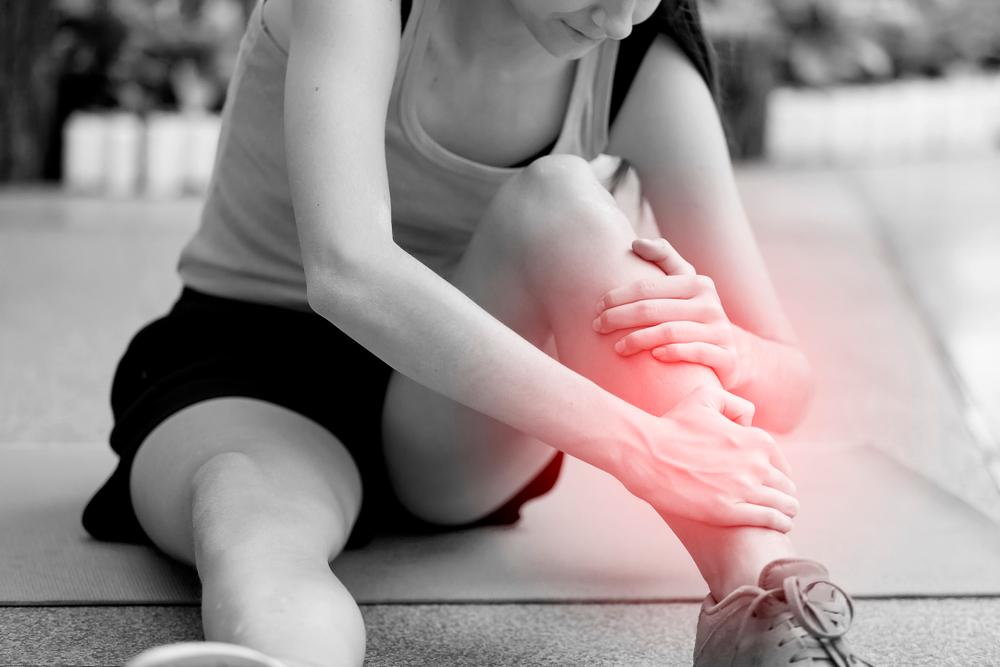The knee is one of the largest joints in our body and is complex in structure. It contains thick liquid between the joints that allows free movement. When the knees produce excess fluid, it can cause bulging at the back of the knee and result in pain and discomfort. This condition is called a Baker’s Cyst, which is a common knee injury for runners.
Baker’s Cysts are lumps that form behind the knee, also called popliteal cysts or synovial cysts. This can be caused by a number of things, such as injuries or even arthritis. Our knees contain popliteal bursae, which are sacs of synovial fluid that help our legs move and bend easily. The sacs cushion the joint to help reduce friction. Here are the causes, symptoms, and treatments for Baker’s Cyst:
Baker’s Cyst Causes
The condition involves swelling in the knee area from joint damage and other causes, such as:
- Injuries like a meniscus tear or ligament tear
- Osteoarthritis or Rheumatoid Arthritis
- Infection causing fluid build-up
- Gout
- It is also possible to develop a Baker’s Cyst for no reason.
Baker’s Cyst Symptoms
Depending on the severity of the build-up, feelings of pain may vary. Pain may stem from the strain, which then causes the lump to grow in size, increases discomfort and restricts movement.
Symptoms of Baker’s Cyst may include:
- Pain and Discomfort
- A lump filled with synovial fluid at the back of the knee
- Stiffness in the area
- Difficulty in moving and bending the knee
- Swelling
Other complications that need medical attention include continuous growth of the lump or extending pain and bruising in the lower part of the knee. Swelling can also be a sign of blood clots. If you are unsure and experience other symptoms, it is best to get checked by medical professionals.
Baker’s Cyst Diagnosis
Medical exams are required to diagnose a Baker’s Cyst. Several tests may be done to rule out other conditions. It is best to observe and note symptoms to inform your doctor.
You may take note of these details in preparation for your appointment:
- When the pain started
- Which activities cause pain and discomfort
- Severity of pain
- Daily activities
- Methods used to deal with the pain (i.e medication, home remedies, treatments)
With these details, your healthcare provider can conduct several tests, including:
- X-rays to determine if you have arthritis
- Magnetic resonance imaging scans (MRI) use magnetic waves to show detailed images inside the body
- Ultrasound uses sound waves to see if the lump is filled with fluid or if it is solid
Baker’s Cyst Treatments
It is often recommended that the condition be treated with nonsurgical methods to minimise symptoms and pain.
Nonsurgical options are as follows:
- RICE (Rest-Ice-Compression-Elevation)
- Taking medication / Cortisol Injections
- Wearing Knee Braces such as Bauerfeind’s Genutrain P3 Knee Brace
- Weight Management
- Low-impact activities
Genutrain P3 Knee Brace
Surgical
It is rare to use surgery as a treatment for Baker’s Cysts. However, it may be recommended depending on the severity of the pain and mobility.
Surgical options may include:
- Cyst Fluid Draining
- Arthroscopic Knee Surgery
- Knee Osteotomy
Baker’s Cysts Recovery and Prevention
The period of recovery may be different for every person based on the case and whether surgery was conducted. It is important to listen to your body and rest when needed. Doctors often recommend avoiding high-impact activities and workouts, elevating the knee, following treatment plans, and taking prescribed medication.
Baker’s Cysts can be prevented in several ways, including:
- Wearing the proper footwear, using insoles
- Warming up before exercising
- Using compression with knee braces helps improve joint perception and prevents mechanical stress on the joints

